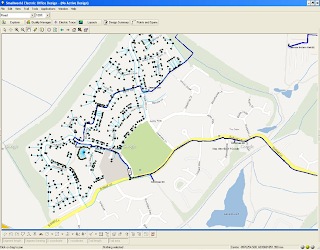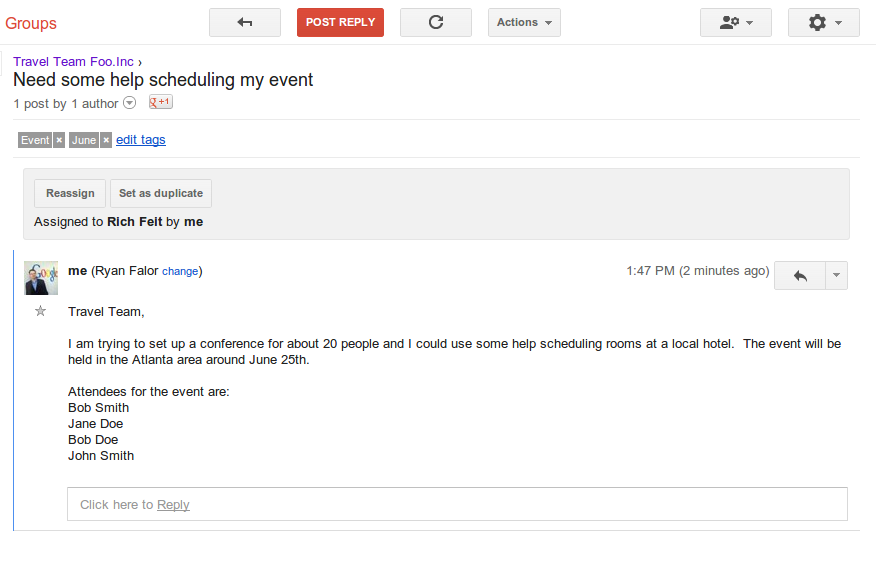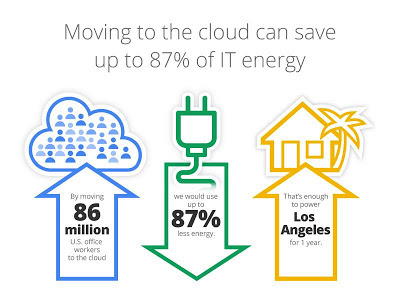Editor's note: They power our homes and supply clean water - utility companies fulfill our most basic needs. This week we're showcasing the Utilities Industry and the ways they’re relying on Google Maps for Business to improve operations and keep the lights on. Today’s guest blogger is Alastair N. Jenkins from GeoDigital.
If you've ever pruned or weeded in your backyard, you've had a glimpse at what we do at GeoDigital. We help keep weeds and trees under control on nearly 300,000 miles of utility corridors so power lines stay clear and the electricity keeps flowing to homes and businesses across North America.
We don’t actually trim the vegetation, we record it. Keeping track of growing vegetation is a never-ending task and one that requires us to compile a lot of data. To organize and gain better insights from the information we collect, we rely on Google Maps Engine.
Maps Engine has become an integral part of our operations. Using LiDAR (Light Detection and Ranging) technology, we first survey the land and gather utility corridor data with specialized air and ground mapping services. We then turn this data into business intelligence that the utilities companies can use to plan vegetation management. They also use this information for compliance reporting to regulatory agencies.
To make this information easy to digest, we have integrated Google Maps Engine and Google Earth Pro with our Software as a Service (SaaS) solution. Users can view color-coded LiDAR imagery that depicts existing vegetation, projected tree growth, and other obstructions that may interfere with utility maintenance activities. Multiple Google Earth layers - including Borders and Labels, Places, Photos, Roads and 3D Buildings - provide context, so planners can make better, faster scheduling and deployment decisions, while analysts can more efficiently report on regulatory compliance. Mobile workers gain the same benefits using their phone or tablet. For the utility companies, getting this kind of information in an actionable format used to take months and now it can be just a matter of days.
With Google Maps Engine we’re at the forefront of the vegetation management and compliance markets, helping our utilities customers stay ahead of the weeds.





















